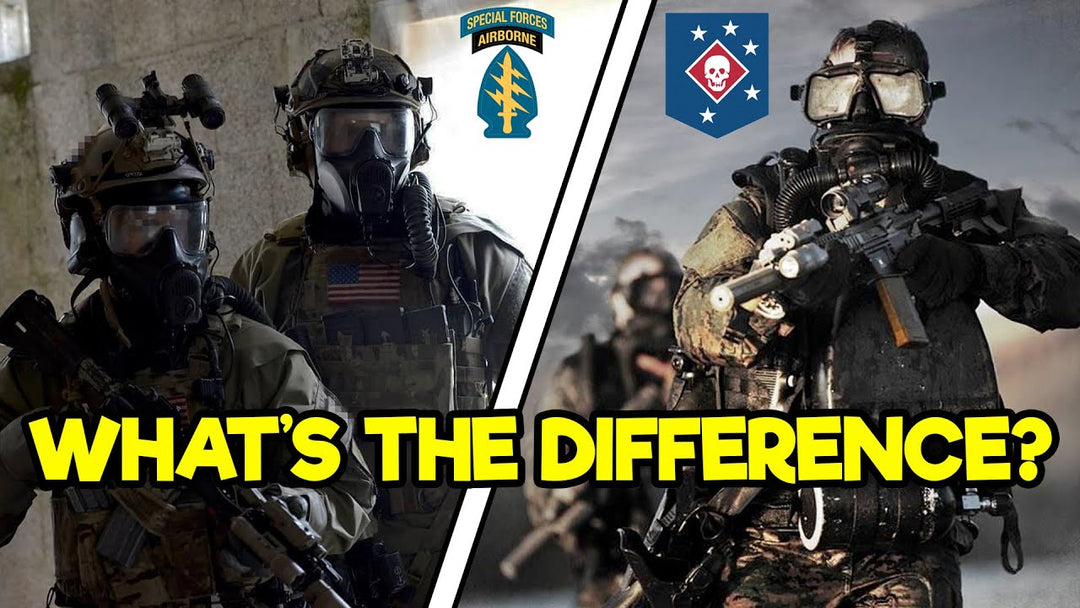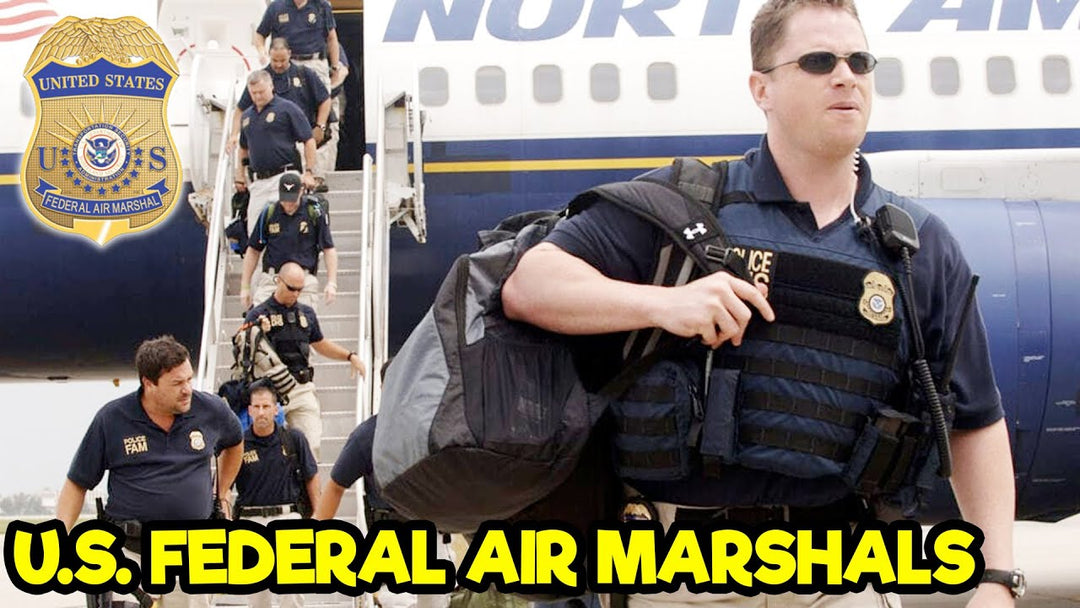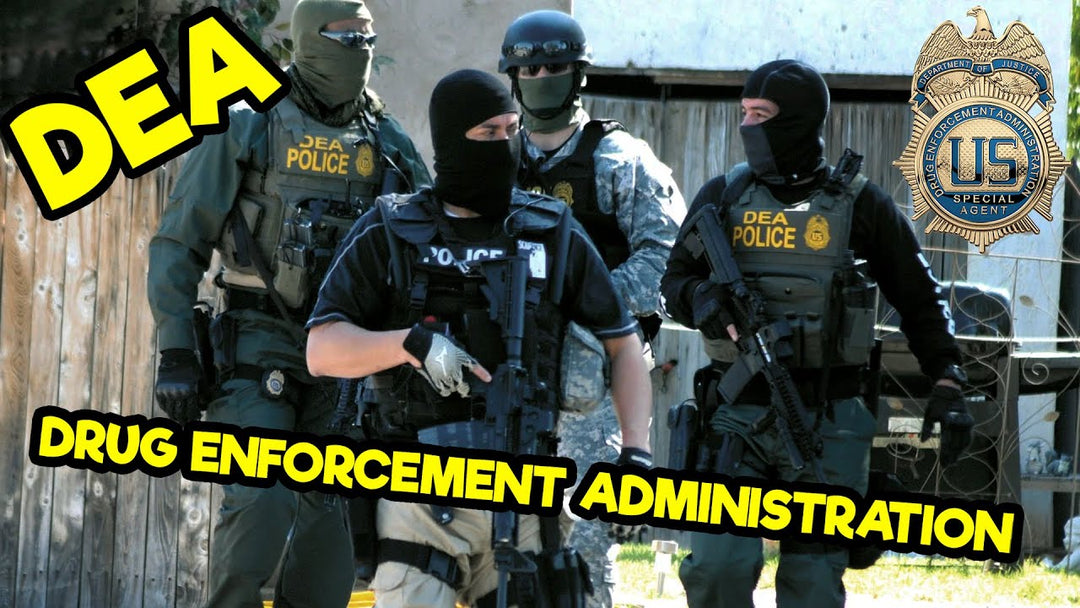The Beginner’s Guide to U.S. Army Special Forces (Green Berets)

The United States Army Special Forces, commonly referred to as the Green Berets, are some of the most capable operators the U.S. military has at its disposal. And while they do most of what you'd expect from special operators, this special operations unit cares just as much about an operator’s ability to speak a foreign language as how hard they can kick in a door.
And for good reason - These operators are the tip of the spear for America's foreign policy, deploying in remote, high-risk areas for long periods of time, all while blending into the population in some of the most stringent and difficult of conditions. They can be briefing an ambassador on policy issues in the morning, and training freedom fighters in the jungle the following night.
With that said, what sets the Green Berets apart from the rest of U.S. Special Operations? Why are they referred to as the “quiet professionals”? And what does it take to join this highly revered and elite community? Keep reading, and we’re going to answer all those questions for you, plus much more.
TABLE OF CONTENTS
U.S. ARMY SPECIAL FORCES (GREEN BERETS): ORIGINS
U.S. ARMY SPECIAL FORCES (GREEN BERETS): PRESENT DAY
U.S. ARMY SPECIAL FORCES (GREEN BERETS): ORGANIZATION
U.S. ARMY SPECIAL FORCES (GREEN BERETS): SELECTION AND TRAINING
U.S. ARMY SPECIAL FORCES (GREEN BERETS): CONCLUSION
U.S. ARMY SPECIAL FORCES (GREEN BERETS): ORIGINS

Despite their status as some of the most elite fighters in the world, the U.S. Army Special Forces didn’t officially exist until 1952. They can trace their roots to the Army´s pioneers in unconventional forces, specifically the OSS, or Office of Strategic Services, who started to develop the U.S. unconventional warfare doctrine.
And while some of these unconventional warfare groups were disbanded at the end of World War II, their style of warfighting was just taking hold. The U.S. government saw the need for more specialized units. Former members of the OSS would later help create the U.S. Special Forces under the command of Colonel Aaron Bank, who would become known as the “father of special forces.”
The OSS Officers who helped establish the Special Forces were heavily influenced by British Commandos who wore green berets that they had worked alongside during World War 2. So much so that the Special Forces operators would wear the same headgear as they did. But the green berets were still unofficial, and the choice of headgear received some backlash.
The Army secretly disapproved of the color, believing it to be too European-looking. But Brigadier General William Yarborough, then commander of the U.S. Army Special Warfare Center, had a plan of his own. He seized the opportunity of a visit from President John F. Kennedy to Fort Bragg. During this visit, he would don the Green Beret along with his men, explaining the historical significance of the headgear. Kennedy liked it so much that he requested the Department of the Army to recognize it as the official headgear of the Special Forces in 1961.
U.S. ARMY SPECIAL FORCES (GREEN BERETS): PRESENT DAY

The U.S. Army Special Forces have built a fierce reputation in the world of special operations, and the U.S. Military as a whole. Their motto is, “De Oppresso Liber,” which is latin for “To free the oppressed.”
Green Berets are very unique in that they can be utilized throughout the three stages of the operational continuum: Peacetime, Conflict, and War. Naturally, this enables them to operate in places no one would even expect. They could be preventing something from popping off, mitigating another circumstance halfway across the globe, or actively engaging in conflict somewhere else. Green Berets have a lot on their plate and pursue seven doctrinal missions: Unconventional Warfare, Foreign Internal Defense, Direct Action, Special Reconnaissance, Combating Terrorism, Counter-proliferation, and Information Operations.
If you can spell it, Army Special Forces can execute it and forge allies in the process.
What sets them apart from other special operations forces is that they’re the masters of unconventional warfare and foreign internal defense. So much so, that the United States will tap them to be one of the first U.S. units sent to a foreign country to blend in and build relationships with the local population. They will be there for extended periods of time, speaking the local language, immersing themselves in the local culture, and understanding their customs, traditions, and social dynamics.
It is the cultural intelligence gained from their isolated and prolonged operations that enables them to effectively navigate and influence foreign environments, infiltrate enemy lines through quiet, guerrilla-style tactics, and train local forces to defend their own countries to disrupt and overthrow an oppressive or hostile government through subversion, psyops, and other forms of unconventional warfare to gain power in denied areas.
U.S. ARMY SPECIAL FORCES (GREEN BERETS): ORGANIZATION

But how do the Green Berets get the job done? In order to explain that, we need to give you a broad overview of how Special Forces is structured. Here’s a basic breakdown, keeping things as simple as possible. Special Forces consists of several Special Forces Groups.
Within a Special Forces Group, there are “C” teams, “B” teams, and “A” teams. C teams are the headquarters element of an SF battalion, with command and control capabilities and logistical support responsibilities. The battalions usually consist of four companies.
In these companies, the headquarters element are the B teams. Composed of 11 to 13 soldiers, the purpose of the B-Team is to support the company's A-Teams both in garrison and in the field.
Now we're onto the A teams. The A teams are Operational Detachment Alphas, or ODA’s, which are the operating elements of an SF unit. An SF company typically consists of six ODA’s, each of which specializes in an infiltration skill or particular mission-set. Examples of these are military free-fall teams, combat diver teams, mountain teams, mobility teams, and others.
ODA’s operate in 12 man teams, each of whom has a specific function on the team. Although all members of an ODA conduct cross-training, they are all optimally leveraged through the team’s skill sets. There are 8 MOS’s within the Green Beret community. They range from weapons guys, to medics, to senior enlisted and officers.
So, you can say that the Green Berets are the definition of a force multiplier because one or two twelve-man teams can train and equip thousands of personnel to enforce U.S. foreign policy and safeguard American strategic interests. The success of their secret missions will often mean limiting U.S. military involvement in a region, saving taxpayers money as well as American lives.
Another trait that sets them apart is that these operators are not embedded with translators in a theater of operations. They are the translators. They need to be because their mission depends on it. That explained, to effectively work in foreign environments, each Green Beret will obtain proficiency in another language, like Farsi, Arabic, Mandarin, Russian, Spanish, or French, which are among more than 20 foreign languages available to their members, allowing teams to work for months or years in remote areas of host nations. Green Berets require just as much brains as they do brawn.
Selection for what language a green beret candidate will learn will be based on their score in the Defense Language Aptitude Battery, or DLAB for short. The DLAB is a test designed to learn a made-up language, and their score may affect what language they get assigned, and, ultimately, where they will be placed after training. And if the applicant is already proficient in a foreign language, the Army will most likely train them in another one so they can double dip and have operators who know several additional languages instead of just one. This ensures operational detachments can be deployed worldwide to execute any of their diverse mission sets. This is why we have seen Green Berets in South America training military police to fight drug cartels, instructing soldiers in Ukraine to fend off Russian aggression, advising Taiwan's army to resist a Chinese invasion, or helping organize friendly militias in the Middle-East.
Their footprint on the global stage is significant and more than the average person knows. To put it into perspective, as the threat environment has grown globally since 9/11, the Green Berets have consistently risen to the occasion. Today, they're actively engaged in more than 80 countries, safeguarding America's vital interests. This relentless commitment doesn't come without its sacrifices: the Green Berets bear the brunt of casualties within the Special Operations community. Yet, their unwavering resolve stands testament to their status as one of the most capable and effective fighting forces in the U.S. Army Special operations command.
But in order to forge one of the most effective special operations units the world has ever seen, its selection process needs to ensure only the best make it into their community. Just how difficult is the Special Forces Pipeline?
U.S. ARMY SPECIAL FORCES (GREEN BERETS): SELECTION AND TRAINING

Becoming a Green Beret requires candidates to go through a difficult and arduous training pipeline that is roughly 2 years in length. First, before they can begin the actual Special Forces part of the pipeline, they must attend Army Basic Training, Advanced Individual Training, and Airborne School.
Once that’s completed, candidates move on to attend the Special Forces Preparation Course, then the Special Forces Assessment and Selection, referred to as SFAS. SFAS is a four week gut check used as a filtering process to see who really wants to be there. Most of the attrition occurs at SFAS. Candidates have been known to complete the course, but find out at the end that they’re just not what the Green Beret Community wants. At SFAS, they use a "whole man" selection process by assessing each candidate for the attributes that are important for all Special Forces soldiers. These attributes range from intelligence, trainability, physical fitness, motivation, influence, and good judgment.
Those who complete SFAS move on to the Special Forces Qualification Course, more commonly referred to as the “Q” course. The “Q” Course lasts several months, and the length of it is dependent on the MOS that a candidate is assigned. For example, 18D candidates will go through several months of schooling in SOCM and SFMS before they are finished with their training, whereas an 18B candidate will go through roughly ten weeks of training for their specialty.
Regardless of length, the Army splits the “Q” course into six phases.
There’s Course Orientation and History, where candidates will learn about the history and structure of Special Forces. Then there’s Small Unit Tactics, which provides training in the tactical combat skills required to operate successfully in an ODA. After that is the Specific MOS training, which we’ve explained above. Then there’s Robin Sage, which is the culmination phase for SF candidates. Candidates must put all of the skills they have learned throughout the Q course to the test in an unconventional-warfare training exercise located throughout 15 different counties in North Carolina. After that is the Language and Culture phase, where they will receive basic special operations language training in the language assigned to them at the completion of SFAS. And lastly, the sixth and final phase consists of one week of outprocessing, and the Regimental First Formation, where the candidates don their Green Berets for the first time.
But completing the pipeline is only the beginning of a Green Beret’s training. Once a Green Beret arrives at their unit, they will certainly continue training, having the opportunity to attend advanced schools such as Military Freefall, Combat Dive School, Sniper School, Mountain Warfare, Air Assault, Sapper, Pathfinder, and much more.
This elite community is available to civilians, active duty enlisted and officer personnel, and believe it or not, those who are in or want to join the National Guard. That’s right, there are part time Green Berets! There are plenty of opportunities for soldiers to try out for the Green Berets, but only those who enlist with an 18X contract are guaranteed a shot at selection.
U.S. ARMY SPECIAL FORCES (GREEN BERETS): CONCLUSION

Saying the quiet part out loud, the Green Berets are badass. But did you know that there are Green Berets that take their skills to the next level? Those would be the ones who move on to work as Tier One Delta Force operators. But what separates a Tier One Green Beret from a Tier Two Green Beret? Lucky for you, we answer that question in our blog post on Tier One vs. Tier Two Green Berets.
If you want to learn more about the military, law enforcement, or government entities, we have a YouTube channel dedicated to providing the best info out there, plus we have a growing list of blog posts as well. Click the links to take you to them!
General Discharge is a veteran-owned, veteran-operated organization that is dedicated to providing the best U.S. Military and Law Enforcement information. With over 250 YouTube videos, over 45 million views, and hundreds of thousands of followers, we have contributed to the success and knowledge of both the current and future generations of service members.






GOD BLESS AMERICA 🇺🇸
Leave a comment